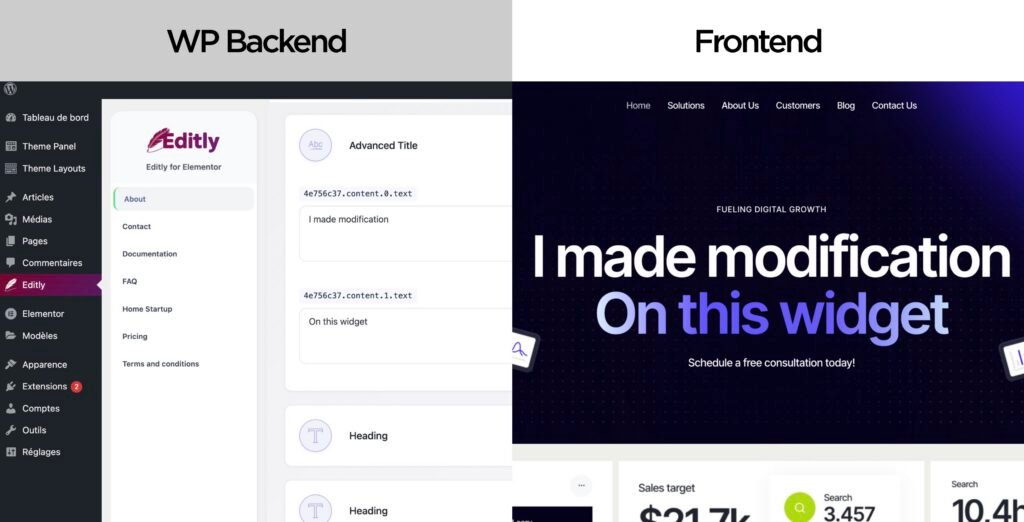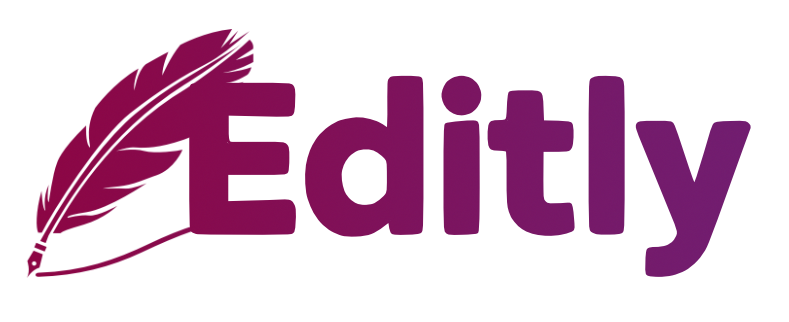Why giving Elementor access to clients is a bad idea (and what to do instead)
Every freelancer or agency has faced the same dilemma: your client wants to “be able to edit things on their own.” On paper, this sounds reasonable. After all, it’s their website. But in practice? It’s a bit like handing them the control panel of a plane when they only asked to change the seat number on their ticket.
Elementor is a powerful tool—flexible, visual, fast. It’s also a tool with enough levers, panels, and traps to confuse or even damage a site when used by someone untrained. And yet, the most common post-delivery request remains: “Can I have full access to the site so I can change text when I need?”
Sure you can. But you probably shouldn’t.
Let’s be honest: Elementor isn’t made for clients
If Elementor were a video game, it would be set on “developer” difficulty by default. The interface is fast and intuitive—for those who live in it daily. But for a non-technical business owner, a coach, a dentist, or a small e-commerce operator, the sheer number of options is overwhelming.
You might think: “They’ll only change the text, what’s the worst that could happen?”
Here’s what could happen:
- A text widget is accidentally deleted.
- A section is dragged out of place on tablet view.
- The typography scale breaks because someone wanted a bold title “just a bit bigger.”
- The button that used to link to the contact form? Now it points to an empty draft.
These are real things. Not hypotheticals. And when they happen, guess who gets the blame? Not the client. You.
The support spiral: you’re fixing what should never have broken
What starts as a client empowerment plan often turns into a slow bleed of unpaid support work. They “just wanted to change one sentence.” You spend 40 minutes restoring a layout from a backup because they duplicated the entire section. They apologize. You sigh. And it happens again three weeks later.
But refusing them access entirely isn’t the solution either. That builds frustration. It breaks the trust. It creates dependence. The ideal balance is somewhere in between: freedom for the client, control for you.
The misconception of “full admin access”
Let’s pause here. Most web professionals know this, but clients often don’t: giving someone admin access on WordPress means giving them everything. Plugins, themes, updates, users, and—yes—Elementor. It’s not content editing access. It’s God mode.
And unless you’re running a site for a developer, that’s rarely appropriate.
What clients actually want is something simpler: the ability to update the words on their pages without needing to wait for you or break anything by accident. That’s it.
So what’s the alternative?
There are several ways to keep clients out of Elementor while still letting them manage content. Some developers build custom dashboards. Others use ACF fields and dynamic templates. Some rely on third-party front-end editors. Each approach has pros and cons.
But there’s a growing need for something simpler. Something that works with existing Elementor content—without needing to rebuild layouts or pre-plan every editable field. That’s where Editly comes in.
Editly: control for you, freedom for them
Editly adds a dedicated “Texts” panel in the WordPress dashboard. From there, clients can see every Elementor page and edit the text content of each section—without touching layout, spacing, or style. The visual builder? Hidden. The CSS? Untouched. The design? Safe.

Elementor Text editing from backend to frontend — without breaking the structure.
The experience is clean, focused, and intuitive. Think of it as a miniature content management interface sitting just above Elementor. You stay in control. Your client moves faster. And you stop receiving tickets for tasks that should take two clicks.
You’re not just protecting your layout. You’re elevating your image.
Delegation isn’t just a technical issue—it’s a brand issue. When you give clients tools that make them feel smart, independent, and safe, you strengthen your reputation as a professional. You’re no longer the gatekeeper. You’re the enabler.
Freelancers who hand over Editly don’t say, “Here’s your site, good luck.” They say: “Here’s your site. And here’s how you can manage it—safely, simply, and without risk.”
That small difference turns you from vendor to partner. From technician to strategist.
And in case you need a client story…
One user, a freelance web designer working with a real estate agency, had this to say:
“They used to message me at 9pm with urgent copy changes before a property launch. Now they just open Editly, change the description, and it’s live. Zero panic. Zero Elementor access. Total win.”
That’s not just saved time—it’s a better relationship, better boundaries, and a better business model.
Let them edit. Don’t let them break.
So, is giving your clients Elementor access a bad idea? Not always. But often, it’s the easy path that leads to messy consequences. A smarter move is offering structured autonomy. With tools that preserve your design, protect your time, and respect their independence.
Editly makes that possible. And your clients—and your sleep schedule—will thank you.
